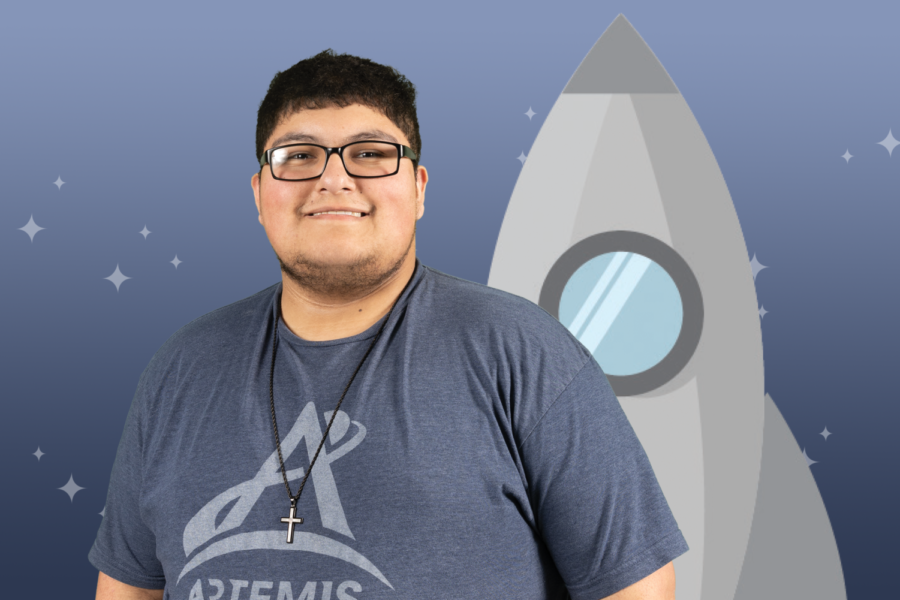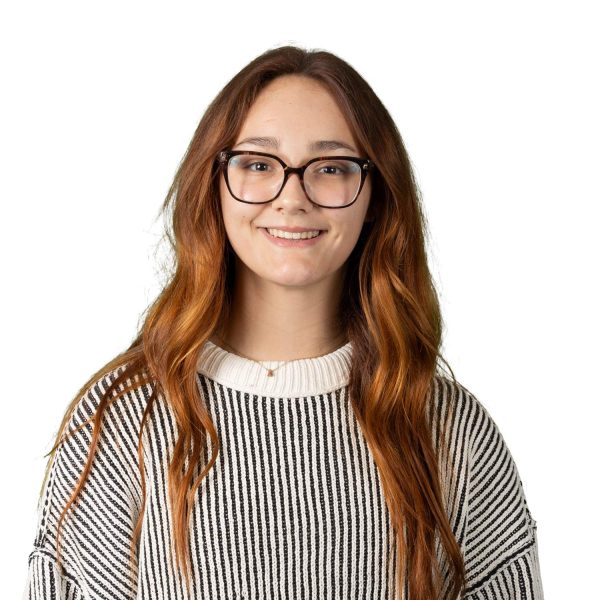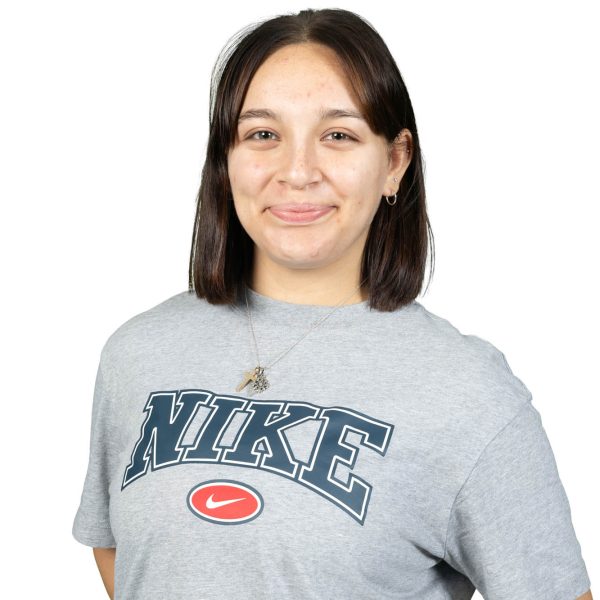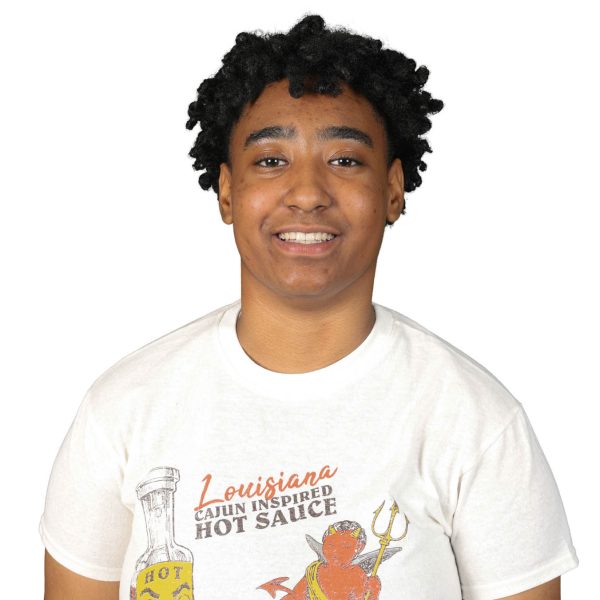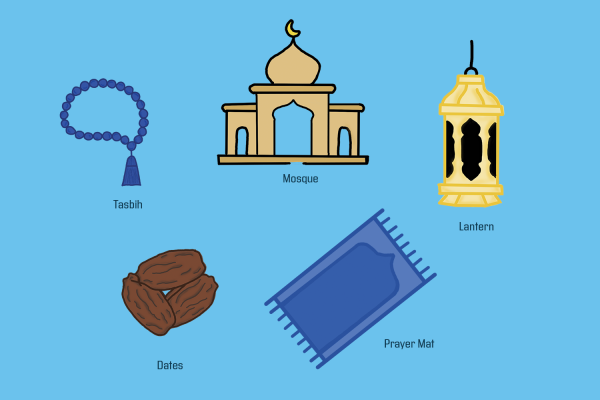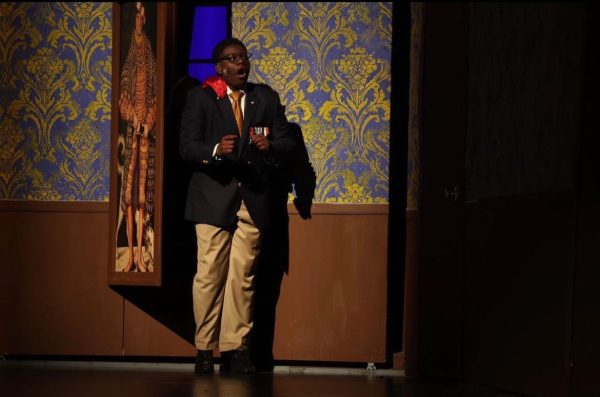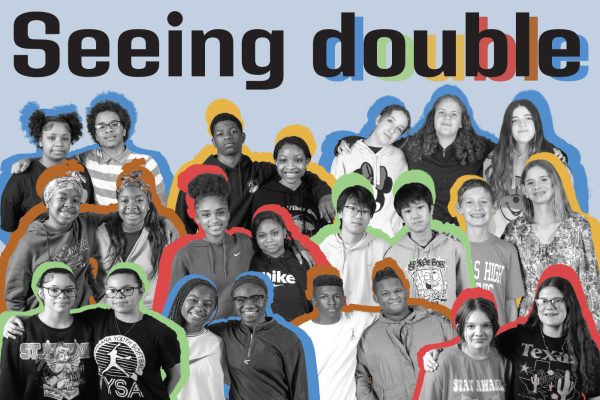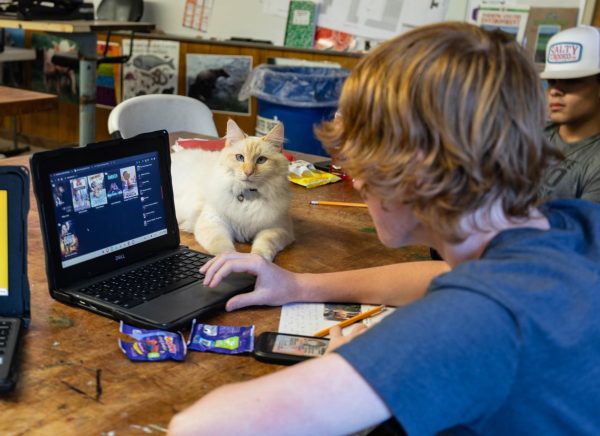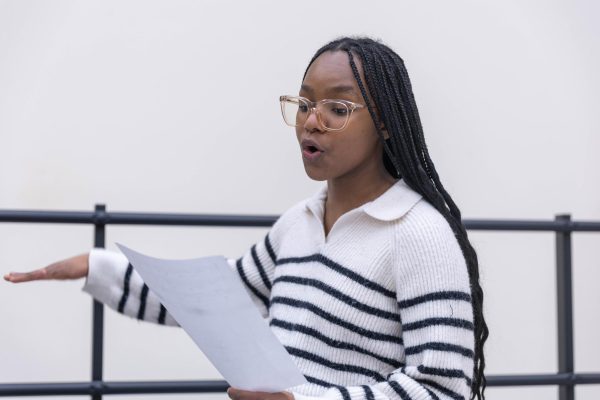Shoot for the stars
Texas High senior participates in NASA space program
The High School Aerospace Scholars (HAS) program will provide opportunities to many high schoolers interested in Aerospace engineering. Senior Marcos Garcia was one of the lucky students who got to participate in this amazing program.
November 9, 2022
Astronaut. A dream job for most kids, but eventually they lose interest. Kids grow up and reality sets in. “It’s just not practical,” they say. But Marcos Garcia, a senior at Texas High, never cared for practicality. Instead, he’s turning his dreams into reality.
Garcia was among the many students in Texas who completed the High School Aerospace Scholars (HAS) program.
“Texas High School Aerospace Scholars is an authentic STEM learning experience from Texas high school juniors to engage in NASA’s missions and become the next generation of explorers,” NASA official Brian Dubar said.
HAS is a year long in duration. Registration for this program began Aug. 29, 2022 and closes Oct. 20, 2022. Once selected, members begin the first phase of the program.
“The first phase of the program starts in November [and goes on] all the way to February,” Garica said. “Each month, you have to do four modules of different tests over many topics like Space Technology, but mostly STEM related topics.”
Once the first phase is completed, participants will move on to the second phase, Moonshot.
“Moonshot is a five day gamified experience, where you talk to other students who have already passed and you have a big project with them,” Garica said. “You communicate face to face and you talk about your research and develop an idea based on the topic.” Texas High School Aerospace Scholars is an authentic STEM learning experience from Texas high school juniors to engage in NASA’s missions and become the next generation of explorers. — Brian Dubar
Moonshot was an entirely virtual experience. Participants used Facetime, Microsoft Teams and other means of communication to work with those in their teams. The team that does the best in the Moonshot mission is awarded a two day stay at the NASA Johnson Space Center.
Not only did HAS provide participants with information regarding space and rockets, It also gave them an idea of what is to be expected if they plan to pursue a career in the STEM pathway. During the Moonshot experience, participants work in teams which builds the teamwork skills necessary to succeed in the future.
“You need to have time management,” Garcia said. “It helped me a lot with time management, and also communication, which is important in STEM fields.”
The HAS program can be really insightful for a lot of our students interested in working for NASA, or any related STEM field. It has many benefits that can help someone decide if the STEM pathway is a career path they are willing to pursue.
“[HAS] was one of the main reasons I came to this school,” Garcia said. “Since the school offered the high school [students] this program, I came here just to do that because I wanted to work with NASA.”


